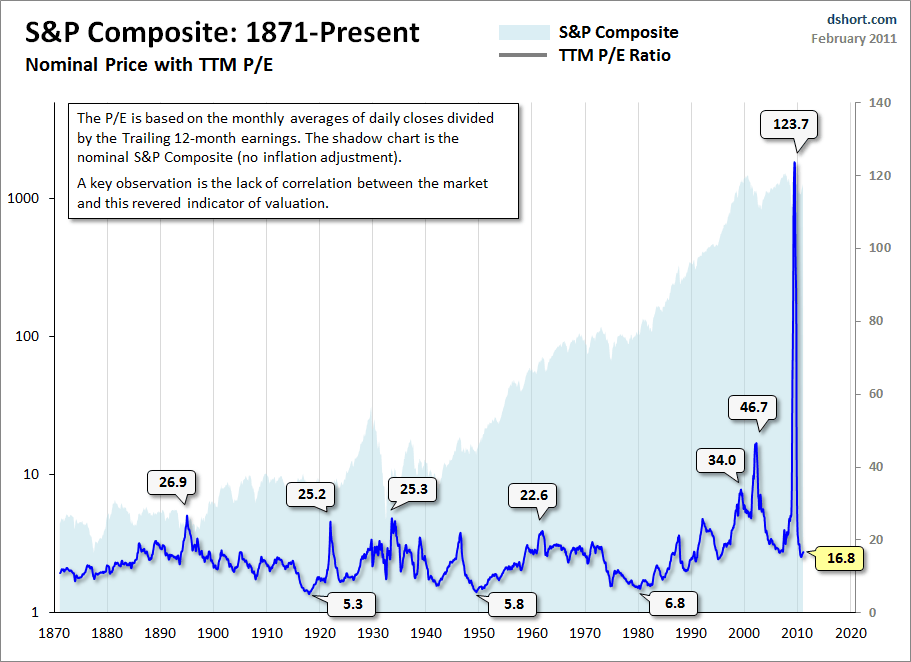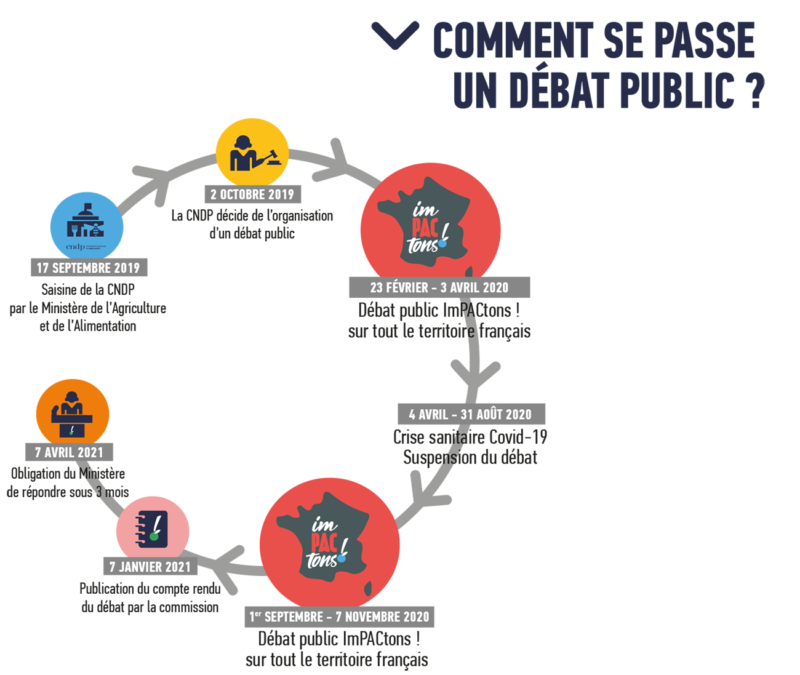Elon Musk's Autonomous Taxi Ambitions Face Headwinds

Table of Contents
Regulatory Hurdles and Legal Frameworks
Navigating the complex web of regulations surrounding autonomous vehicles is a major hurdle for Tesla and other companies pursuing robotaxi services. The regulatory landscape varies dramatically across different states and countries, creating a fragmented and often inconsistent environment. This legal complexity translates into significant delays and increased costs.
- Varying Testing and Deployment Permissions: Each jurisdiction has its own set of rules regarding testing and deploying autonomous vehicles, ranging from strict limitations to more permissive frameworks. This inconsistency makes it difficult for companies like Tesla to standardize their operations and scale their services efficiently.
- Liability in Accidents: Determining liability in the event of an accident involving a self-driving car is a critical legal challenge. Questions of fault – whether it lies with the manufacturer, the software, or the user – remain largely unanswered, creating legal uncertainty and potentially high insurance costs.
- Data Privacy Concerns: Autonomous vehicles collect vast amounts of data about their surroundings, passenger movements, and driving patterns. Concerns about data privacy and the potential misuse of this sensitive information are leading to stricter data protection regulations, adding another layer of complexity for companies operating autonomous taxi fleets.
- Insurance Requirements and Costs: Insuring autonomous vehicles poses a unique challenge for insurance providers. The lack of historical data on the accident rates of self-driving cars makes it difficult to assess risk and set appropriate premiums. This uncertainty drives up insurance costs, impacting the overall economic viability of autonomous taxi services.
These regulatory uncertainties contribute to significant delays and substantial increases in the overall cost of developing and deploying autonomous taxi services, making the realization of Elon Musk's vision considerably more challenging.
Technological Limitations of Full Self-Driving (FSD)
Despite significant advancements, current autonomous driving technology, including Tesla's FSD, still faces limitations that hinder the widespread deployment of fully autonomous taxis. While capable of navigating many routine driving situations, these systems still struggle with unexpected events.
- Edge Cases and Unpredictable Situations: Autonomous vehicles frequently encounter unpredictable situations like construction zones, severe weather conditions, or unusual pedestrian behavior, which can challenge their decision-making capabilities and lead to accidents.
- Perception and Object Recognition: Achieving perfect perception and object recognition in complex and dynamic environments remains a significant technological challenge. Autonomous systems can sometimes misinterpret objects or fail to detect them altogether, potentially leading to hazardous situations.
- Software Bugs and Glitches: Software bugs and glitches can impact the safety and reliability of autonomous driving systems. Even minor software errors can have severe consequences, highlighting the need for robust testing and continuous software updates.
- Ongoing Need for Software Improvements: Autonomous driving technology requires constant refinement and improvement. The need for ongoing software updates and algorithm adjustments is a significant ongoing cost and a potential source of delays.
These technological limitations directly affect the timeline and feasibility of widespread autonomous taxi deployment. Addressing these issues requires substantial further research and development.
Public Perception and Safety Concerns
Public perception plays a critical role in the adoption of autonomous vehicles. Many people express skepticism and fear regarding self-driving technology, raising significant hurdles to widespread acceptance.
- Job Displacement Concerns: The potential for job displacement among human drivers is a major source of public concern. Concerns about the economic and social impact of autonomous vehicles on the workforce are considerable.
- Safety Anxieties: Many people are anxious about the safety of autonomous vehicles, particularly given the potential for accidents caused by software malfunctions or unforeseen circumstances. Building public trust in the safety of the technology is essential for its wider adoption.
- Ethical Dilemmas: Autonomous vehicles may face ethical dilemmas in critical situations, requiring them to make difficult decisions with potentially life-altering consequences. The ethical considerations surrounding autonomous vehicle decision-making must be carefully addressed.
- Lack of Public Trust: A lack of public trust in the readiness of the technology for widespread use is another key barrier. Building public confidence requires rigorous testing, transparent communication, and a proven track record of safety.
Negative media coverage and lingering public apprehension can significantly impede the adoption of autonomous taxis, posing a substantial challenge to Elon Musk's ambitious vision.
Intense Competition in the Autonomous Vehicle Market
Tesla faces fierce competition in the autonomous vehicle market, which further complicates its path to achieving dominance in the autonomous taxi sector.
- Competition from Established Automakers: Established automotive manufacturers are heavily investing in autonomous driving technology, presenting significant competition to Tesla.
- Competition from Tech Companies: Well-funded tech companies are also developing advanced autonomous driving systems, adding to the competitive pressure.
- Emergence of New Players: The autonomous vehicle market is dynamic and constantly evolving, with new players and innovative approaches continuously emerging.
- Race for Market Share: Companies are engaged in a fierce race to develop superior self-driving technology and secure a significant share of the burgeoning autonomous taxi market.
This intense competition makes it challenging for Tesla to maintain a leading position and secure a dominant market share in the autonomous taxi sector.
Conclusion: Navigating the Headwinds for Elon Musk's Autonomous Taxi Vision
Elon Musk's autonomous taxi ambitions face a multitude of significant challenges. Regulatory hurdles, technological limitations, public perception concerns, and intense competition all present considerable headwinds. While Tesla has made significant advancements in autonomous driving technology, the path to widespread deployment of fully autonomous robotaxis is long and fraught with obstacles. The company must address these challenges effectively to realize its vision. Stay informed about the ongoing challenges and future advancements in Elon Musk's autonomous taxi program. The road to fully autonomous robotaxis is long and winding, and only time will tell if this ambitious vision will become reality.

Featured Posts
-
 Negotiating Peace On The Dnieper Key Actors And Their Roles
Apr 25, 2025
Negotiating Peace On The Dnieper Key Actors And Their Roles
Apr 25, 2025 -
 The Countrys Top Business Hot Spots Location Location Location
Apr 25, 2025
The Countrys Top Business Hot Spots Location Location Location
Apr 25, 2025 -
 2025 Te Canakkale Zaferi Tarih Anma Ve Gelecege Etkisi
Apr 25, 2025
2025 Te Canakkale Zaferi Tarih Anma Ve Gelecege Etkisi
Apr 25, 2025 -
 Premios Caonabo De Oro 2025 Conoce A Los Ganadores
Apr 25, 2025
Premios Caonabo De Oro 2025 Conoce A Los Ganadores
Apr 25, 2025 -
 Understanding High Stock Market Valuations Bof As Perspective For Investors
Apr 25, 2025
Understanding High Stock Market Valuations Bof As Perspective For Investors
Apr 25, 2025
Latest Posts
-
 Dijon Cite De La Gastronomie Le Cas Epicure
May 10, 2025
Dijon Cite De La Gastronomie Le Cas Epicure
May 10, 2025 -
 Gustave Eiffel Et Sa Mere Melanie L Histoire Meconnue De Dijon
May 10, 2025
Gustave Eiffel Et Sa Mere Melanie L Histoire Meconnue De Dijon
May 10, 2025 -
 La Cite De La Gastronomie De Dijon Et Les Difficultes D Epicure
May 10, 2025
La Cite De La Gastronomie De Dijon Et Les Difficultes D Epicure
May 10, 2025 -
 Difficultes D Epicure A La Cite De La Gastronomie De Dijon Un Debat Public
May 10, 2025
Difficultes D Epicure A La Cite De La Gastronomie De Dijon Un Debat Public
May 10, 2025 -
 Updated Uk Visa Policies Impact And Implications
May 10, 2025
Updated Uk Visa Policies Impact And Implications
May 10, 2025
